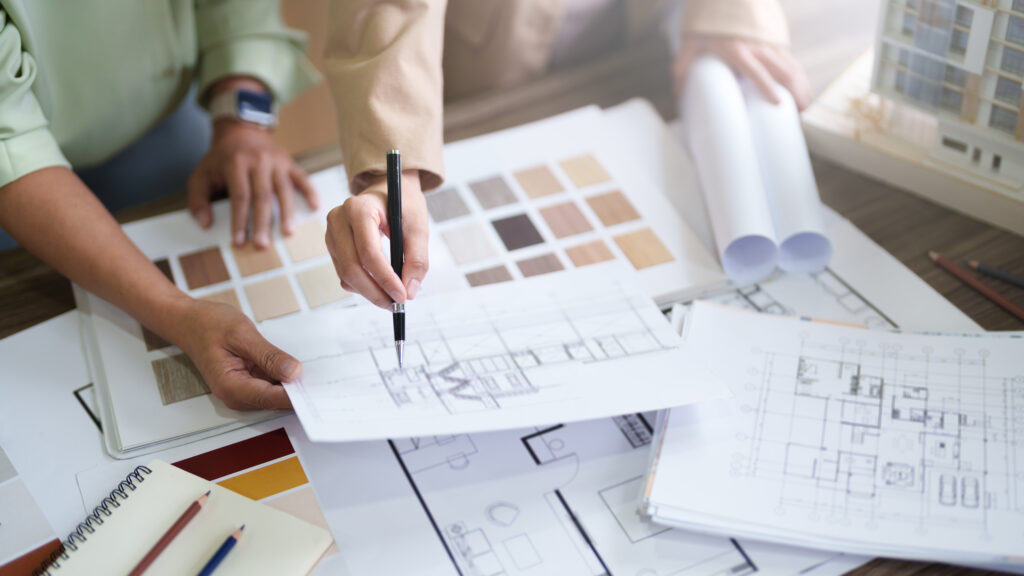The FWD #224 • 632 Words
Interior design is an overlooked aspect of affordable housing
What makes a unit of affordable housing truly livable? Beyond four walls and a roof, interior design emerges as a critical yet often overlooked solution to housing challenges.
Interior design in affordable housing is far more than aesthetic appeal — it’s a strategic approach to creating dignified, functional living spaces that support resident health, well-being, and social stability. Recent research demonstrates that thoughtful interior design can transform affordable housing from mere shelter to a catalyst for personal and community empowerment.
The Science of Spatial Flexibility
Adaptable spaces are no longer a luxury — they’re a necessity for modern living.
The concept of flexible interior design has gained significant traction, particularly in affordable housing contexts where square footage is at a premium.
Modular furniture systems and multipurpose design strategies can dramatically increase the functionality of compact living spaces. A study by the Urban Land Institute reveals that thoughtfully designed flexible spaces can make units feel up to 30% larger without increasing physical footprint. Sliding partitions, fold-down desks, and convertible furniture allow residents to transform living areas to meet changing needs — from home office to dining area to sleeping space.

Health by Design: More Than Aesthetics
The built environment directly impacts physical and mental health — a critical consideration for affordable housing residents.
Research published in the Environmental Health Perspectives journal demonstrates that interior design elements can significantly influence resident well-being. Strategies include:
- Maximizing natural light to regulate circadian rhythms
- Incorporating biophilic design elements like indoor plants and natural materials
- Creating acoustic zones to reduce stress and improve mental health
- Designing spaces that promote movement and reduce sedentary behaviors
Economic and Social Implications
Intelligent interior design can be an economic multiplier for affordable housing developments.
By creating spaces that support residents’ daily activities, improve mental health, and facilitate social interaction, well-designed housing can:
- Reduce long-term maintenance costs
- Support workforce development by providing home office capabilities
- Decrease social isolation
- Improve overall quality of life
Research from the Joint Center for Housing Studies at Harvard University explored how affordable housing developers can create high-quality, cost-effective apartments by focusing on strategic design innovations. By simplifying facades with creative material use, designing flexible and efficient unit layouts that maximize space, and carefully selecting building services, developers can reduce construction costs without compromising quality.
Key strategies include consolidating plumbing on single walls, using furniture to define spaces, and investing in high-performance environmental systems. Policymakers can further support affordable housing by reducing parking requirements, allowing more flexible building designs, and streamlining development processes. The goal is to balance cost-efficiency with tenant comfort, environmental performance, and visual appeal.
Challenges to Implementation
Despite clear benefits, integrating advanced interior design into affordable housing faces significant obstacles.
Budget constraints often push interior design to the bottom of priority lists. Many developers view design as an unnecessary expense rather than a strategic investment, and current affordable housing funding models rarely incentivize innovative design approaches.
Additionally, there’s a persistent skills gap. Many architects and developers lack specialized training in creating flexible, health-supportive spaces for diverse resident needs.
A Path Forward
Comprehensive solutions for affordable housing demand collaborative efforts.
This work must be across multiple disciplines, bringing together housing developers, interior design professionals, public health experts, and community stakeholders.
By developing design guidelines that prioritize flexibility and well-being, creating targeted professional development programs for housing designers, and implementing pilot projects that demonstrate design’s tangible benefits, we can transform the approach to affordable housing. This interdisciplinary strategy ensures that housing solutions are not just about providing shelter, but about creating supportive, adaptable living environments that genuinely enhance residents’ quality of life.
As affordable housing challenges intensify, interior design emerges not as a peripheral consideration, but as a fundamental approach to creating dignified, supportive living environments.
The question remains: Can we reimagine affordable housing design as a holistic solution to urban challenges?
